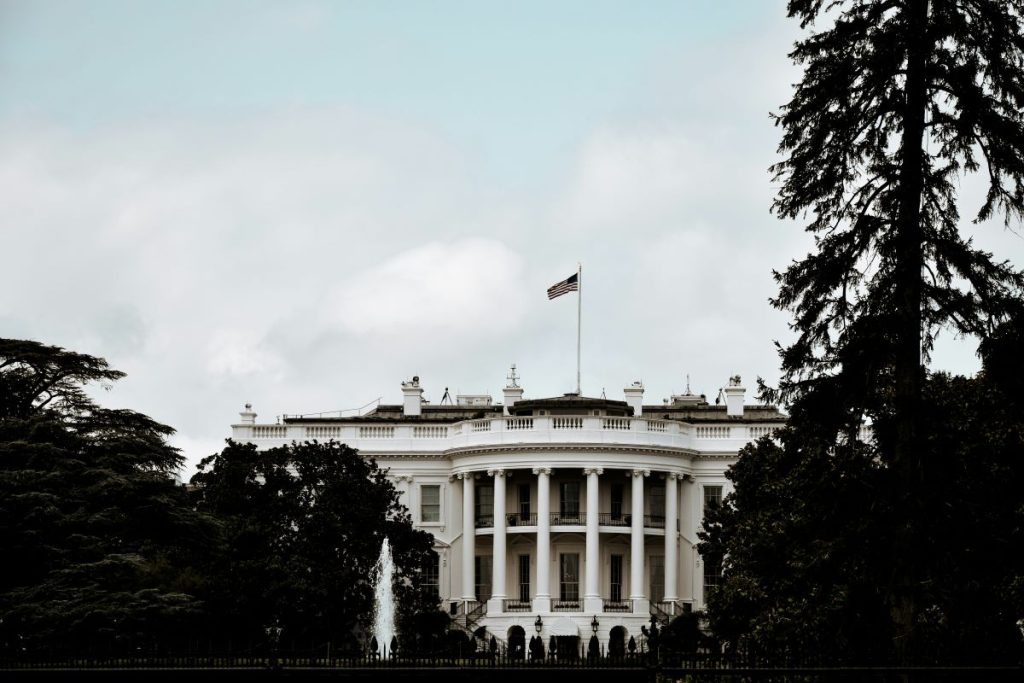The Office of the United States Trade Representative has opened the process for manufacturers to request exclusions from upcoming Section 301 tariff hikes, offering a lifeline to domestic manufacturers sourcing machinery from China.
Tariff Exclusion Process Commences
The Biden-Harris administration has initiated a process allowing manufacturers to request exclusions from the impending Section 301 tariff hikes. This move is set to shield some domestic manufacturers from tariff increases targeting goods produced in China, including electric vehicles, batteries, critical minerals, semiconductors, and solar cells. The finalized tariff structure encompasses 14 product categories, covering thousands of items.
The exclusion process is specifically designed for machinery used in domestic manufacturing, particularly solar manufacturing. This includes machines used to physically alter goods during the manufacturing process, as per the USTR’s notice in the Federal Register on September 18. The deadline for submitting exclusion requests to the USTR is March 31, 2025.
Implications for Domestic Manufacturing and Supply Chains
The exclusion process covers a range of functions under chapters 84 and 85 of the Harmonized Tariff Schedule of the United States. This includes industrial robots, machinery for filtering or purifying water, and certain printing machinery.
The USTR stated that the limited scope of the exclusion process strikes a balance between reducing U.S. companies’ costs in expanding domestic production capacity and maintaining appropriate leverage with China. This is a clear indication of the Biden administration’s tariff strategy to bolster the U.S. supply chain.
The first increases of the finalized tariff hike structure came into effect on September 27, with subsequent hikes scheduled for the beginning of 2025 and 2026. This has led many manufacturers to scramble for new suppliers for critical minerals and other battery materials, many of which are currently sourced from China and will be subject to the new tariffs.
The finalized tariff structure also includes 14 exclusions for solar manufacturing for wafer and cell production. However, five exclusions for solar module manufacturing equipment were not included. The agency stated that there is sufficient availability of the products covered by the exclusions outside of China, suggesting that the exclusions are not warranted and could potentially harm alternative sourcing currently available. This is a clear indication of the shift away from China in the global supply chain.
In summary, the Tariff Exclusion Process initiated by the Biden-Harris Administration is aimed at providing relief to domestic manufacturers facing upcoming Section 301 tariff hikes on goods sourced from China. This exclusion process covers various machinery used in domestic manufacturing, especially in the solar manufacturing sector. The implications of these exclusions are expected to impact domestic manufacturing and supply chains within the United States, offering both opportunities and challenges as manufacturers navigate through the changing tariff landscape. This is a clear indication of the strengthening of domestic manufacturing and the US industry response to proposed tariff increases.








